Archive
null
KubaParis
jochen-lempert
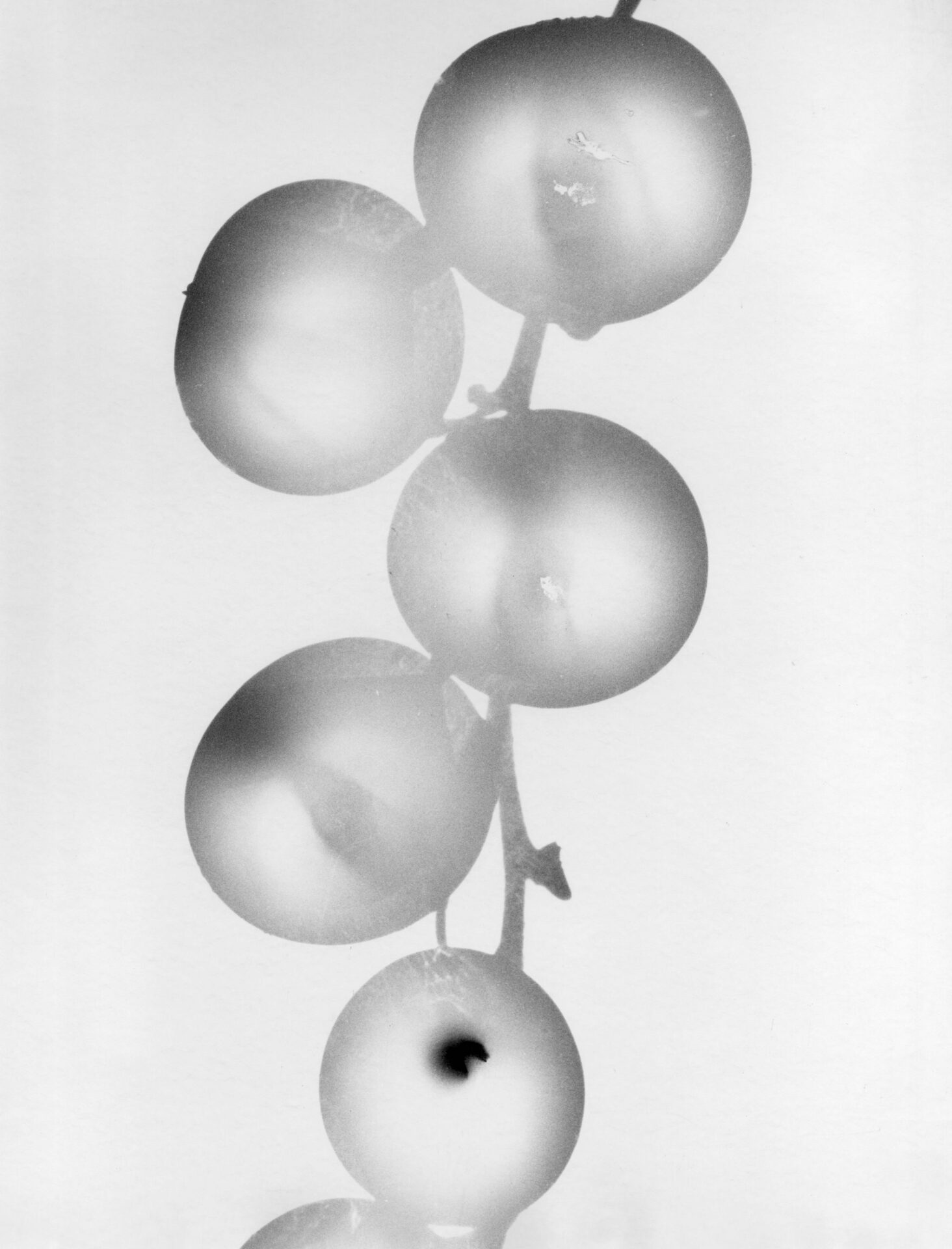
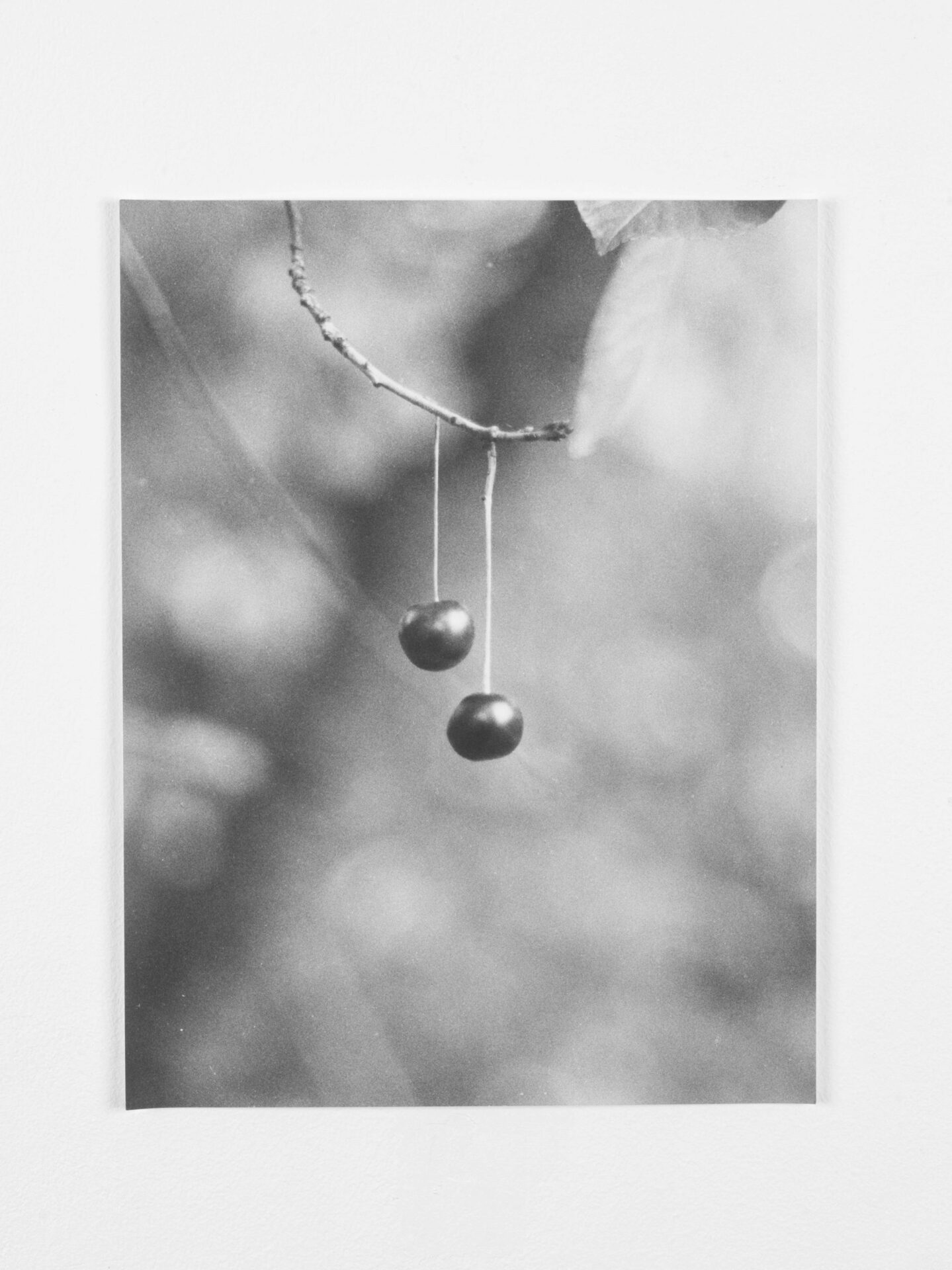


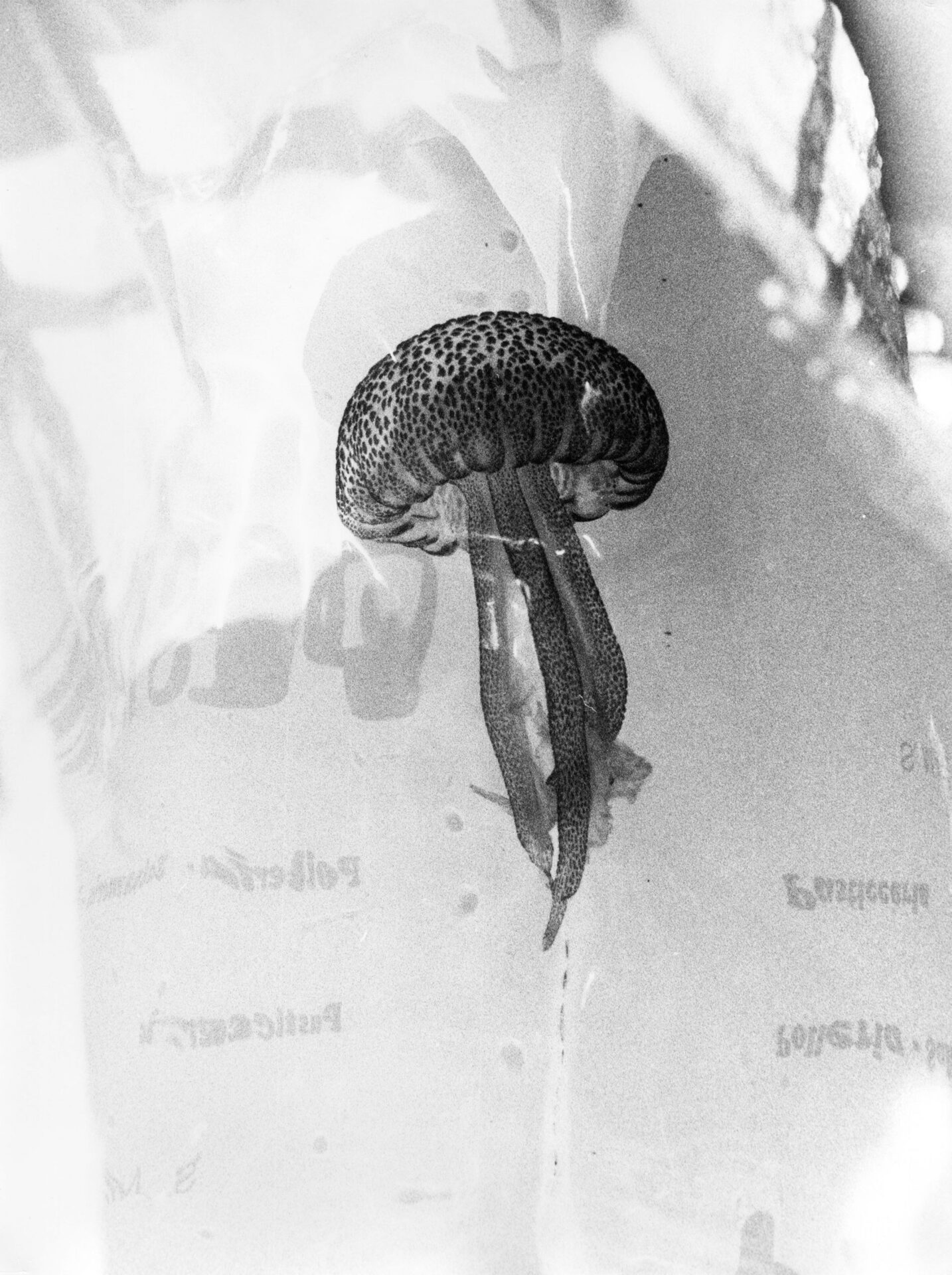

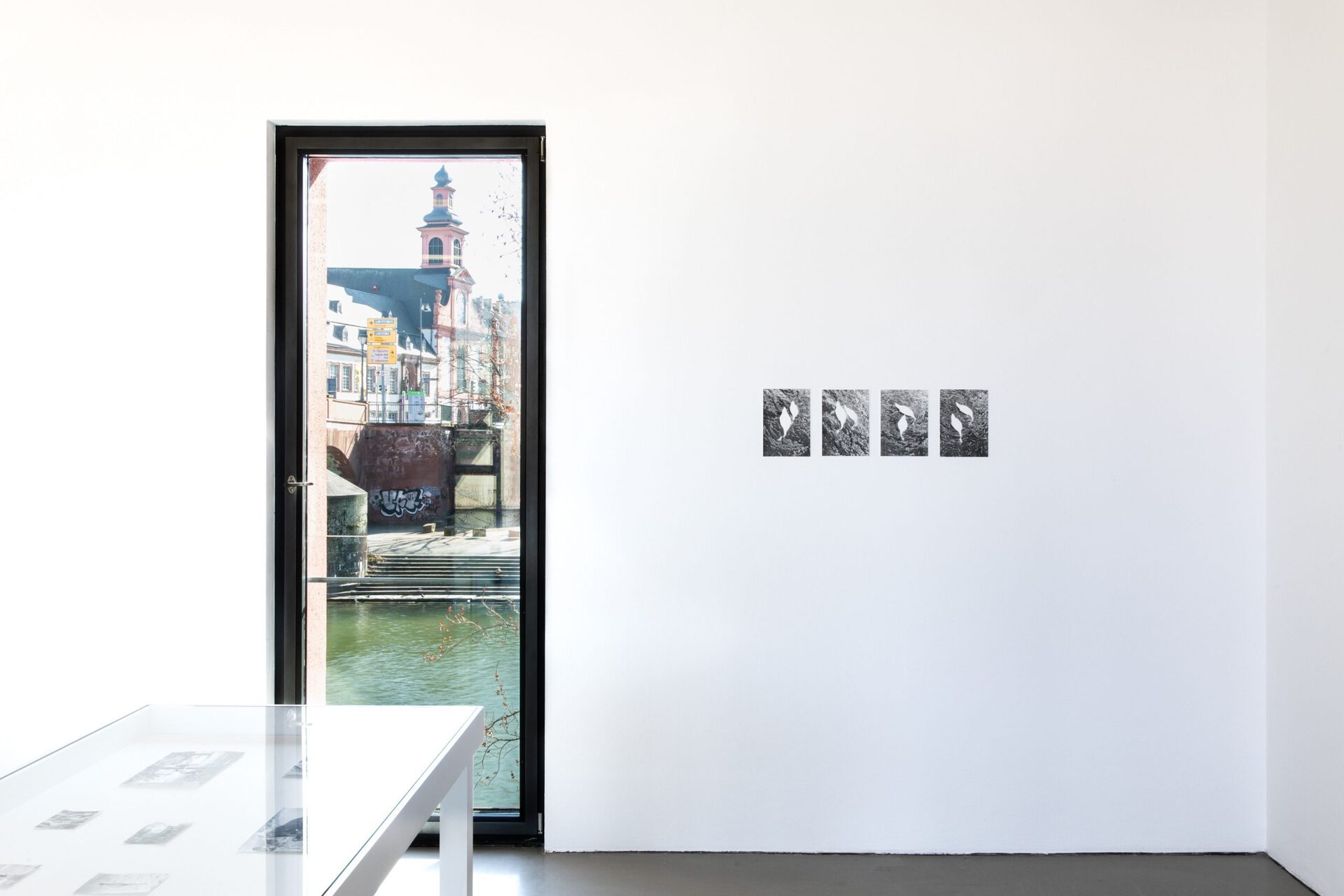
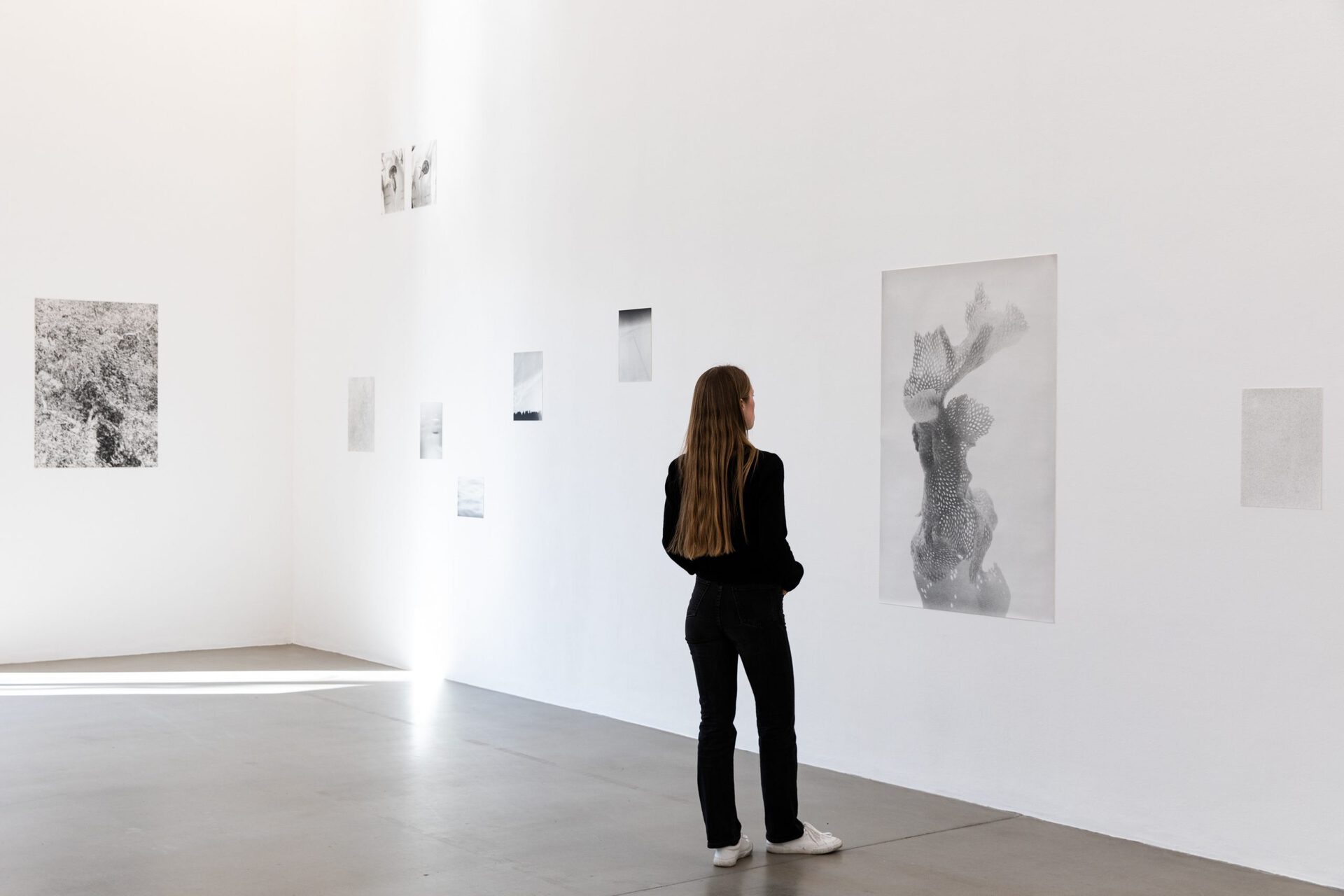

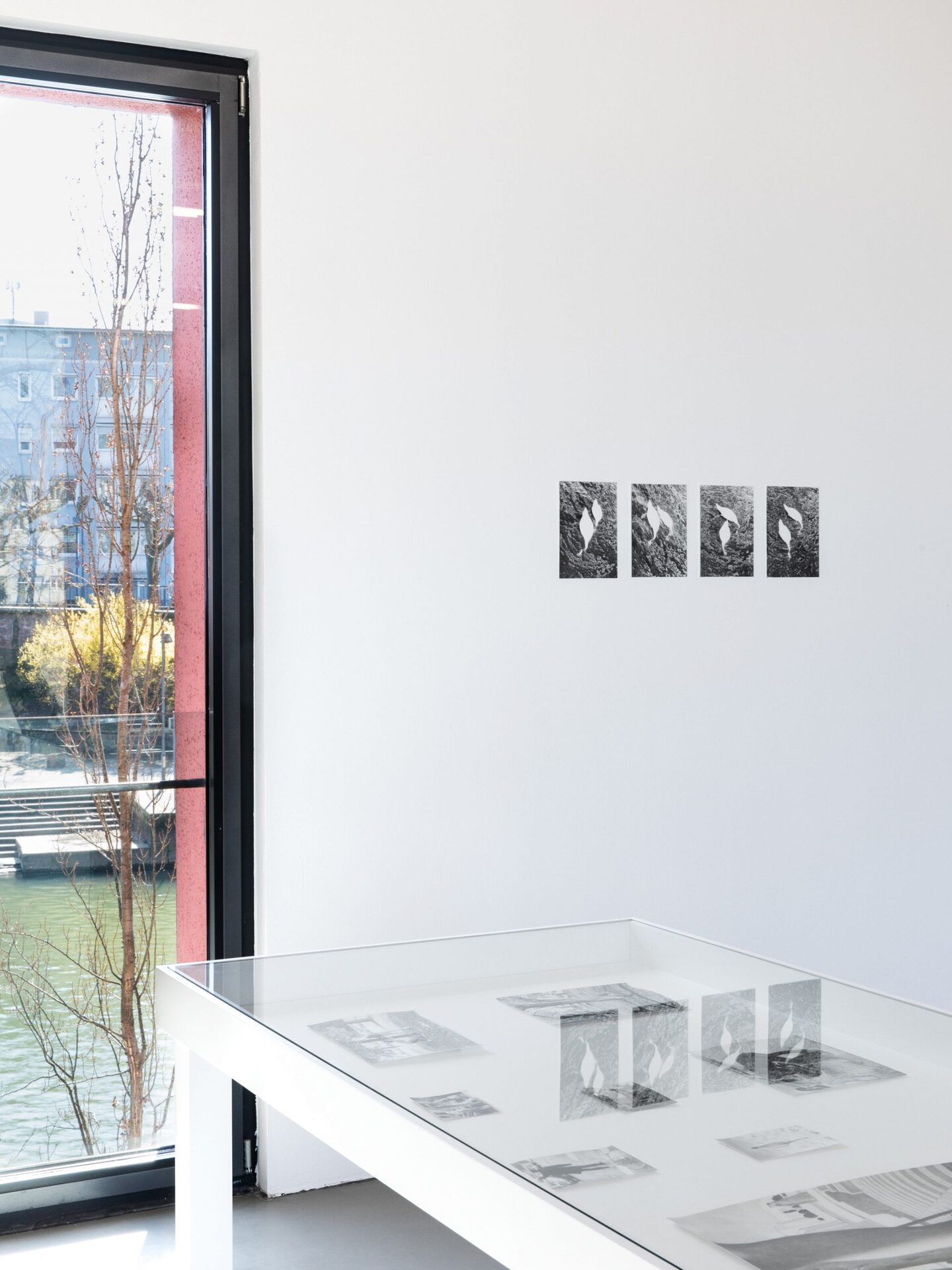
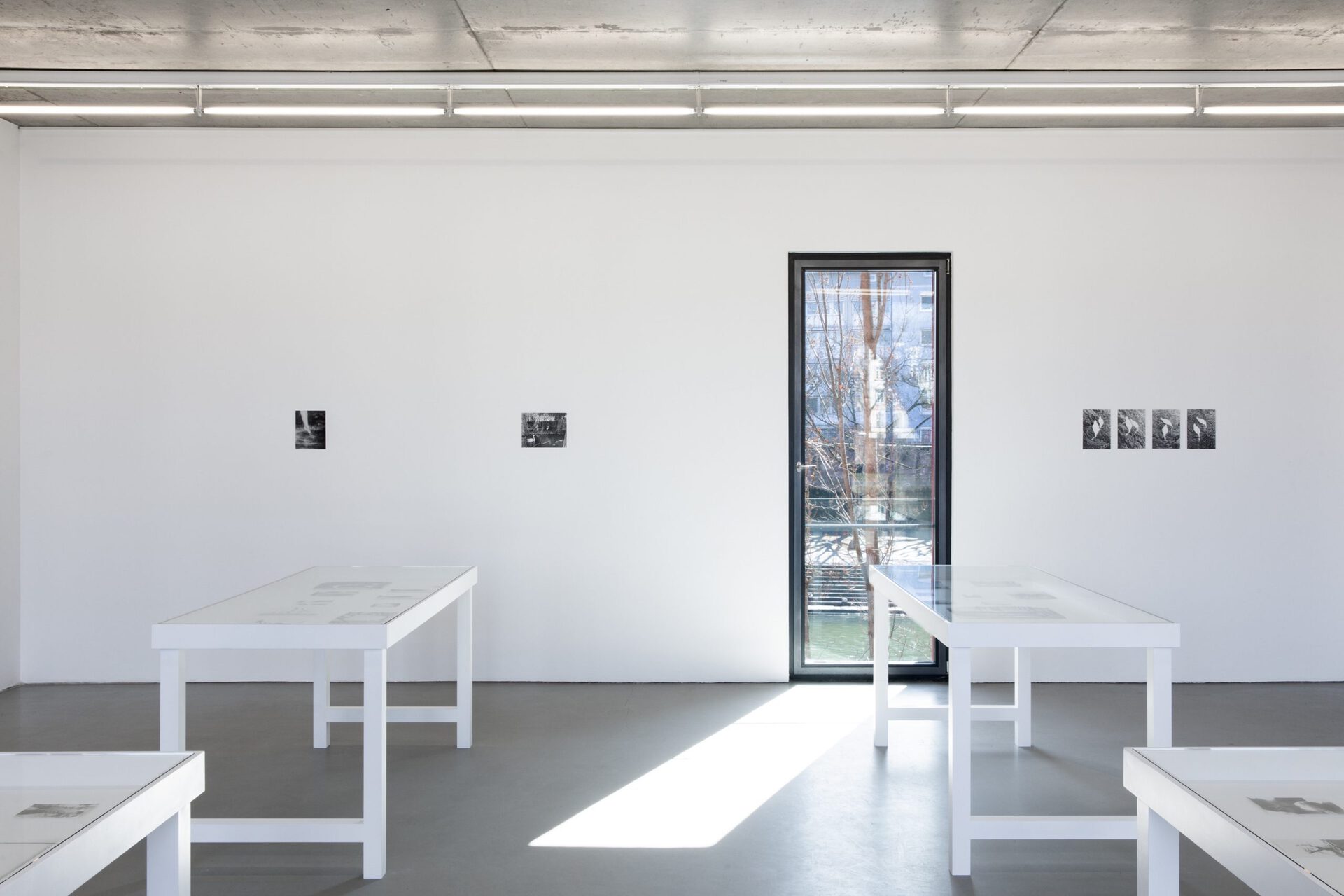
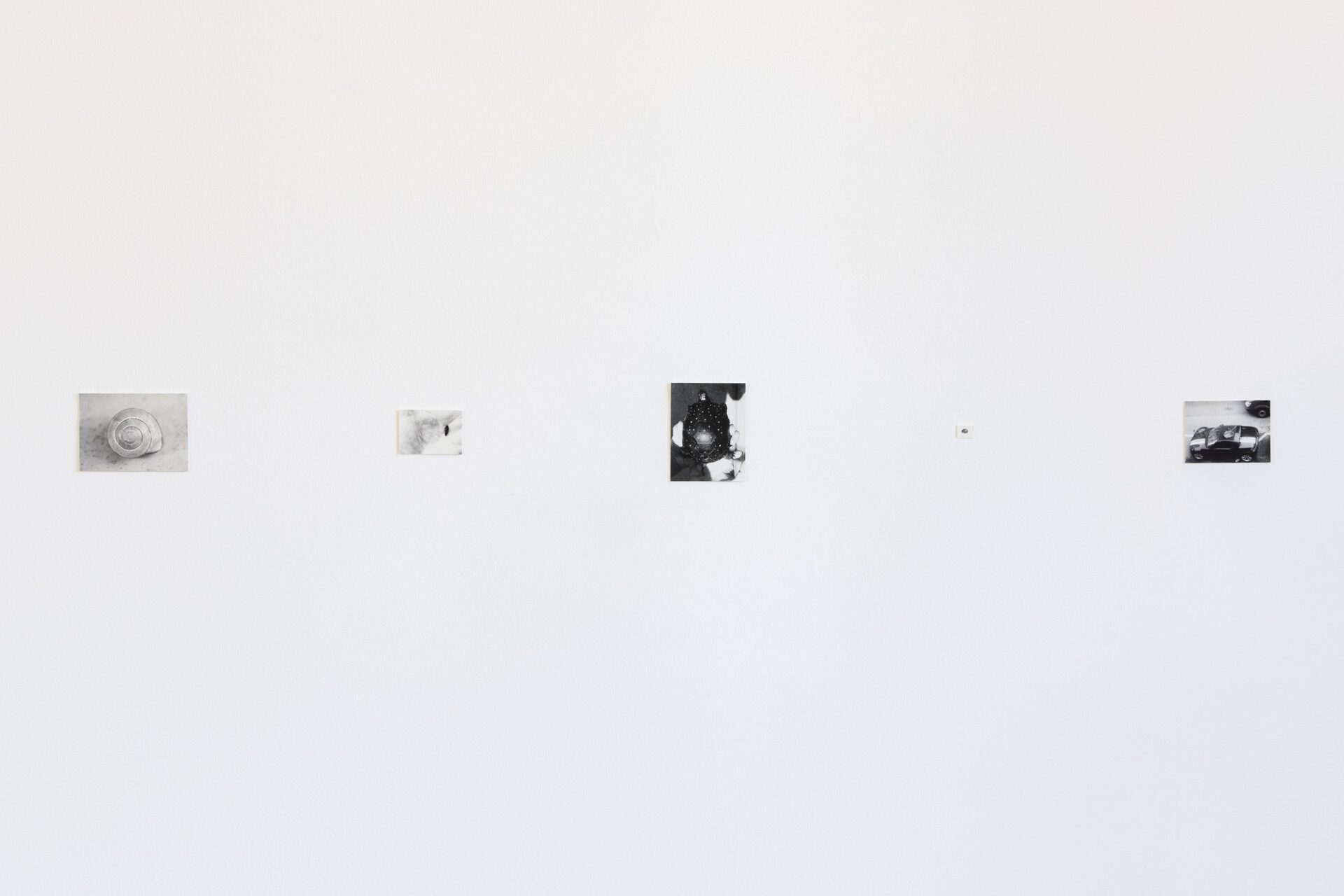
Location
PortikusCurator
Yasmil Raymond with Deborah MüllerPhotography
Diana PfammatterText
The exhibition at Portikus is Jochen Lempert’s first solo show in Frankfurt. Since the 1990s, the Hamburg-based artist has been working with the medium of photography, whose premises he subtly explores and expands. In his black- and-white prints, which he presents unframed in space, multi-layered relationships emerge in a direct dialogue between diverse cultural techniques and surprising phenomena from flora and fauna.
Subjective, empathetic, intimate, and often with a touch of humor, Lempert looks at his immediate surroundings. As an attentive observer, the artist focuses on situations, motifs and forms that seem trivial and strange at the same time: a hugging frog, swans swimming in geometric arrangements, elephant-shaped mosquitoes, or a collection of sweat beads on a person's head. His photographs reveal a keen interest for life between culture and nature and its many forms of appearance.
The single image is occasionally at the center of Lempert’s work. His photographs are combined with the greatest care and arranged into “constellations”– Multiple precisely composed arrangements of images that the artist arranges in close coordination with the respective exhibition space. Comparative seeing allows to recognize similarities as well as differences between images and to establish references. Through this fixation in a particular display, attention is drawn on something that would otherwise elude perception: The fleeting, the incidental, the unnoticed or the undetermined. “It is actually always a matter of seeing something based on the photo or seeing something in the photo. Sometimes you need several pictures to make something come together. And sometimes only one is enough,” says the artist.
The exploration of the photographic image and the question of what relationships to the world around us it can maintain seems central to Lempert’s artistic practice. It is a deliberately anthropocentric perspective that one encounters in his photographs. This is reflected in the artist’s decision to primarily photograph with a focal length of 50mm, closest to the human eye, or by displaying the photographs directly and unframed on walls, placing them in vitrines, or publishing them in accessible book form. The immediacy in the production and presentation corresponds with the proximity we experience while looking at the human and non-human actors depicted. After all, practices and strategies of approach, adaptation, and imitation are as formative for culture as they are for nature.
His constellations span a variety of genres and include abstract as well as figurative subjects. Among them are also borrowings from cultural history or direct references to pioneers at the interface of art and natural sciences. For example, the artist dedicated several photographs to the Frankfurt naturalist and artist Maria Sibylla Merian (1647–1717), who spent decades researching the life cycles of insects in Surinam and published her findings in 1705 as virtuoso copperplate engravings under the title Metamorphosis insectorum Surinamensium. In a different group of works, he focused on the herbaria of the English botanist Anna Atkins (1799–1871), who not only collected plants, but in 1841 published British Algae: Cyanotype Impressions, the first illustrated book in which the images were produced using a photo- technical process.
Long processes of research, categorization and systematization are also inherent in Lempert’s conceptual practice. They follow the exposure of photographs and the manual development and enlargement, however, usually with a delay. The first prints that he produces in postcard size in his own photo lab immediately after taking the picture are kept thematically labeled, but he does not assign them any fixed categories. Unlike photographers in the tradition of the artistic movement of New Objectivity of the 1920s, who create typologies with the help of the serial principle, the conceptual approach in Lempert’s practice is an afterthought: the artist does not follow a predetermined grid but systematizes the images in his collection later. In coordination with the constellation, the actual size is determined, followed by interventions, crop of the image, and experiments with blurring, tonality, and grain in the single image. His black-and-white photographs are thus drawings with light (photos graphein) in the original sense, as the term was first coined by the French photographic pioneer Hércule Florence living in Brazil in the early 1830s. Lempert meticulously composes the individual photographs, emphasizing certain aspects while leaving others aside, thus developing tangible constellations that allow for new paths of understanding and discovering.
These paths are located on different levels at Portikus. While in the entrance gallery, the photographs are placed on the walls, the lower floor space features works in four custom-made vitrines that allow a different mode of viewing. The horizontality demands a reading or studying of the exhibits. At the same time, however, the artist invites the viewer to look at the immediate surroundings: the Main River and the island, home to numerous species of birds. Declared a nature reserve in the 1970s, the eastern part of the island still provides a resting place for migratory birds and is the refuge of numerous waterfowl in the middle of Frankfurt. The photographed visual worlds are thus in direct exchange with the exhibition’s surroundings, with which we share a common ecosystem.
The exhibition will be accompanied by a publication in close collaboration with the artist and Roma Publications in Amsterdam, distributed by Idea Books. Since the 1990s, Lempert has used the book itself as a classic medium for conveying knowledge, narration, and visual experiments. Jochen Lempert. Paare / Pairs contains, in addition to numerous photographs by the artist, an essay by Portikus Director Yasmil Raymond.
Curated by Yasmil Raymond with Deborah Müller